Join in - Tour, Taste, Enjoy and Cheers along!
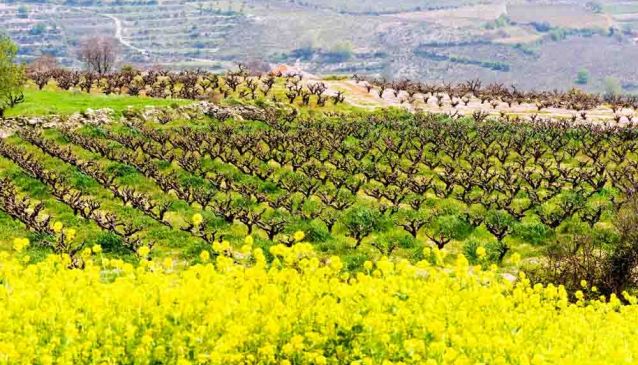
Cyprus was the first country to produce wine in the Mediterranean and wine has been an intrinsic part of local life ever since with many families still involved with grape cultivation. The grapes are checked regularly to monitor their sugar content and when they are deemed to be ready to harvest everyone gets involved!
The grapes must be gathered as quickly as possible so everyone in the family is summoned to help with the harvest. Work has to begin at first light to try and avoid the heat of the day. The family is up early and Mum is kept busy preparing and packing food and plenty of cold drinks for everyone. Many of the vines are not easily reached by truck as they are on narrow terraces so the family donkey is still used. The donkeys can be seen standing patiently at their owner’s side with two large woven panniers strapped on their sides. The grapes must be handled very carefully so that they are not damaged and must be taken to the winery as quickly as possible.
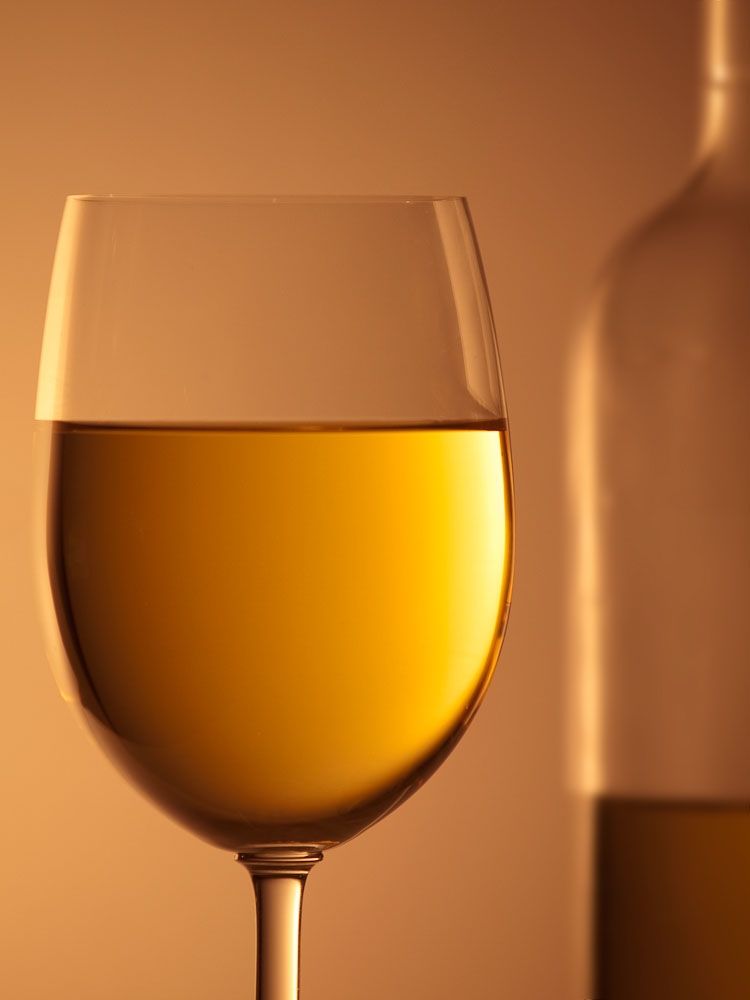
Cyprus wine
Grab a great guide book….
If you would like to see the harvest in progress and to visit some of the smaller family-run wineries then a visit to your local Cyprus Tourism Organisation (CTO) office is recommended! The CTO has published a beautiful colour 24 page guide to the newly-established wine routes of Cyprus which are waiting to be explored.
Entitled Cyprus Wine Routes the guide book is free of charge from all CTO offices. It is packed with information about the different indigenous grape varieties, how wine was made in the past and how modern manufacturing methods have changed. Readers also discover that there are many exciting new wines on the local market as local producers now make wines from 20 different imported grape varieties that really grow well in the warm Cyprus sun.
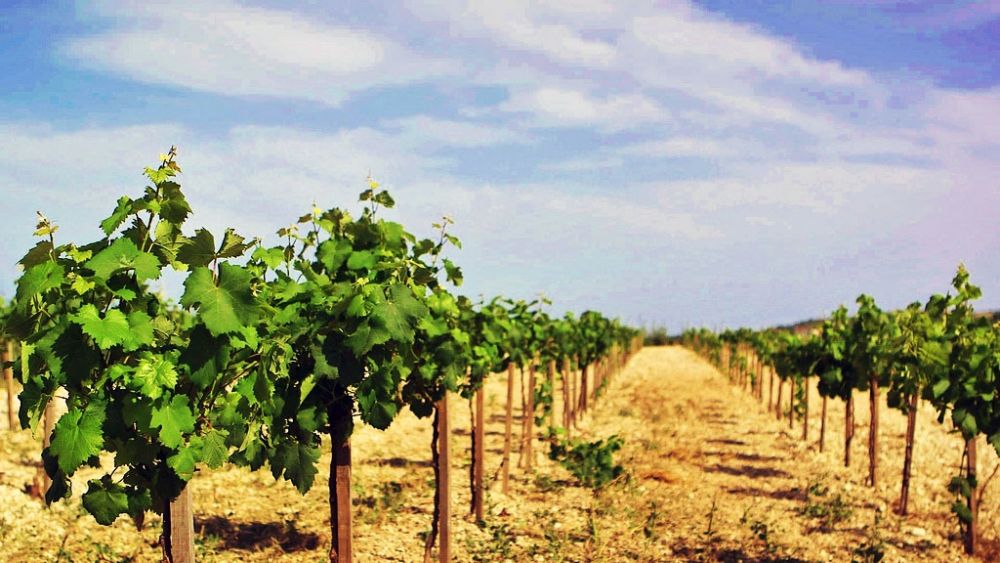
Cyprus wineries
A choice of routes to discover.
There are five wines routes to explore and the Commandaria route which reveals the secrets of this dessert wine which was enjoyed in courts across Europe in medieval times. The production of Commandaria using sun-dried grapes was perfected by the Crusader Knights of St John in 1129, whose headquarters was at Kolossi Castle and today, this famous dessert wine is made in 14 villages. All of the wine routes are located in the south-west of the island and each is carefully detailed in the guide with an accompanying route plan so that no villages or places of interest are missed!
The routes are each given a name which corresponds with the distinctive brown and white road signs that are easily recognisable to drivers as they have a distinctive motif of a bunch of grapes and the route number clearly marked.
Each route is different in character…
The guide ensures that those who follow the different routes really get to see its highlights and to learn about the grapes grown there and the wines produced. Certainly following several of the routes is the perfect way to explore rural Cyprus as there are many charming villages en route as well as churches, monuments and some good places to eat that serve excellent traditional seasonal food!
The villages of the ‘krassichoria’ – route number four- is probably the best known area with the highest number of wineries producing superb blended wines that incorporate indigenous and imported grape varieties. This route contrasts sharply with route six which is the Pitsilia route and nicknamed ‘pines and vines’.
Each route is described in detail - for example the first route which takes travellers to the Laona plateau overlooking the Akamas and includes the well-known wine villages of Inia, Droushia and Kathikas. This is the main growing area for the indigenous white grape variety – Xyinisteri – whilst in contrast, the Dhiarizos Valley (Route Three) is dominated by the black Mavro grape. This area of Cyprus is relatively new to the ‘wine scene’ and has been established because of its many small producers who are using new production methods that have totally transformed the wines produced in this area.
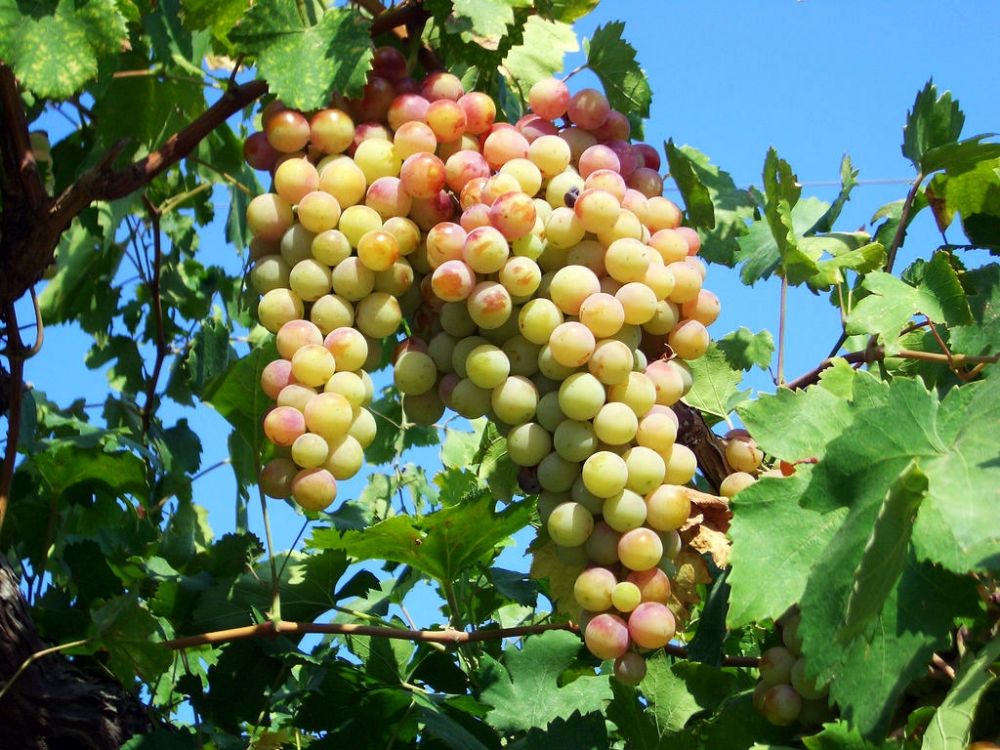
Cyprus grapes
Information about the wineries, museums and artefacts too…
In the final pages of the guide, there are details about the wine tasting facilities offered by the various wineries and that some makers are happy for visitors to sample the wines at different stages of their manufacture – for example, before and after they are matured in oak barrels – the perfect way to learn how the character of each wine is developed. On the final page of the guide, there is information about the museums that give a valuable insight into the island’s winemaking including the Cyprus Wine Museum at Erimi (west of Limassol) and the Archbishop Makarios Museum in the village of Panayia. For those keen to see the traditional equipment used, there are old wines presses to see in Omodhos and Lania.
After a day following one of the wine routes the perfect way to discuss all that’s been seen and learned is over a glass of Cyprus wine of course!...
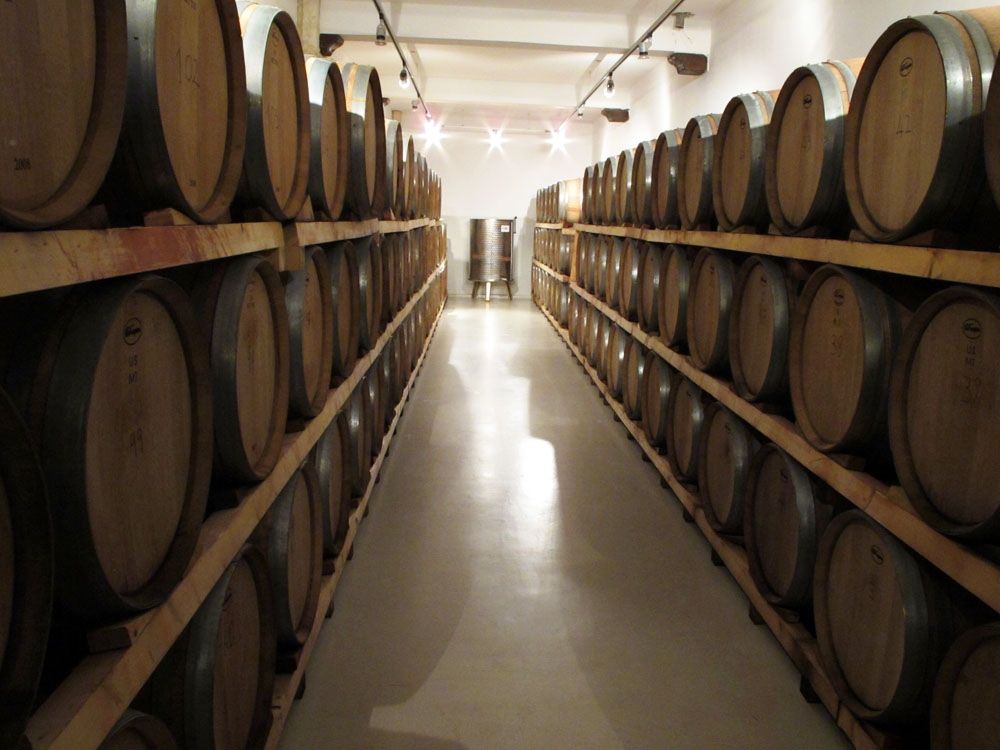
Cyprus wineries